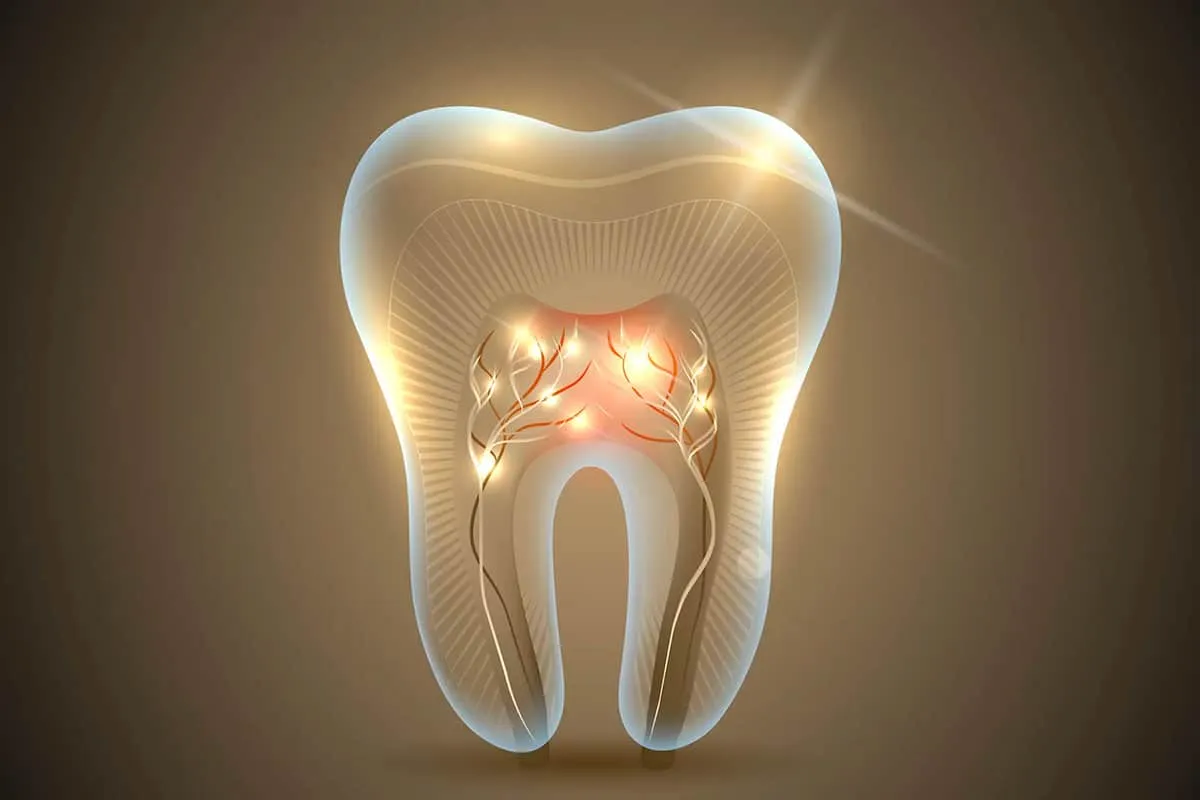McGill University (Canada) has established a pain scale by cross-referencing questionnaires submitted to patients. Here is the ranking of the most intense pains; they are here classified from the most tolerable to the most insupportable.
10. Trigeminal neuralgia
This disease, also known as “tic pain”, is characterized by sudden and unexpected attacks of intense pain on the half of the face between the eyelid and the upper lip which cause involuntary contractions . This is often due to compression of a part of the trigeminal nerve from the back of the skull to innervate the face.
9. Migraine
The migraine attacks are due to an inflammation of the blood vessels of the dura mater caused by a dysfunction of the central nervous system . This inherited disease is characterized by intense pain in half of the skull, vomiting, hypersensitivity to light …
8. Nephritic colic
The obstruction of a urinary excretion channel by a renal calculus causes swelling of the kidney and very intense and brutal unilateral pain that starts from the lumbar and radiates towards the groin . No position relieves, which makes say in medical school: “ renal colic , frenetic patient”.
7. Fibromyalgia
This disease causes diffuse pain in both the articular and muscular. As no lesion or inflammation is detectable, doctors have long to recognize the reality of fibromyalgia yet very incapacitating. Its causes are still poorly known.
6. Rheumatoid arthritis
The immune system of the patient attacks the membrane of the joints which, in response, swells and manufactures inflammatory enzymes causing severe pain that are still revived by contact (that of a garment is sufficient …). Inflammation continues to damage tendons, cartilage and bones …
5. Crohn’s disease
This inflammation, probably autoimmune, of the digestive tract causes acute pain attacks similar to an appendicitis crisis that can not be treated . The causes seem to be genetic and environmental.
4. Amputation of a finger
The finger being the most richly innervated part of the body, its amputation without anesthesia causes a very intense pain. Especially since the victim often suffers then pains called “ghost member”.
3. Childbirth
A first childbirth is often described as not only a painful experience, but also a very long one (sometimes more than six hours) with pains due to sudden contractions of the uterine muscle and then by the extension of the perineum at the moment of the passage of the baby’s head. .
2. Paraponera bites
This ant living in the Amazon delivers by its sting a neurotoxic venom extremely painful. An intense burning sensation radiates throughout the affected limb and causes involuntary contractions of the muscles for several hours.
1. Complex Regional Pain Syndrome (CRPS)
This syndrome occurs most often after an injury (fracture, benign operation) that damages a nerve and causes its dysfunction. The patient then feels stinging pains with hypersensitivity, edema … A crisis can last several months and there is no treatment of CRPS …




Comments are closed.